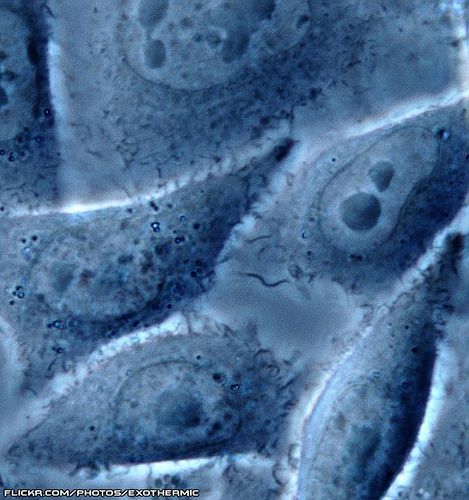-
 Epithermal deposit
Epithermal deposit
-
 Rhizoid
Rhizoid
-
 Fanconi anaemia
Fanconi anaemia
-
 ATPase
ATPase
-
 Mean coordinates
Mean coordinates
-
 Cathode
Cathode
-
 CDP
CDP
-
 Screening
Screening
-
 Open cluster
Open cluster
-
 Phytochrome
Phytochrome
-
 Tadelakt
Tadelakt
-
 Newton
Newton
-
 PP Live
PP Live
-
 Monophyletic
Monophyletic
-
 mRNA
mRNA
-
 Hydrogen bond
Hydrogen bond
-
 CD-Photo
CD-Photo
-
 Principle of complementarity
Principle of complementarity
-
 Bioenergy
Bioenergy
-
 Reverse genetics
Reverse genetics
-
 Holohedry
Holohedry
-
 Micral
Micral
-
 Montrachet
Montrachet
-
 NASA World Wind
NASA World Wind
-
 Crookes tube
Crookes tube
-
 ISP
ISP
-
 Cranberry
Cranberry
-
 SNMP
SNMP
-
 Cleavage
Cleavage
-
 Genu valgum
Genu valgum
Phase contrast microscope
A phase contrast microscope has been used for a very long time.
A phase contrast. © polymtl.ca
microscope Technique of
Contrast microscopy
A phase contrast microscope (is a light microscope) which converts differences in refractory index between two structures into contrast levels which result in differences in phase for light waves which pass through them. It therefore visualises transparent structures when their refractory index is different from the neighbouring refractory index.
Two devices known as phase rings are positioned, one in the condenser (the optical system which focuses light on the object) and the other in the lens of this type of microscope. When the edge of a structure produces sufficient diffraction, the light crossing through it changes phase compared to the other light rays. The rings filter these different phase rays producing an accentuated contrast image of the structure. It was designed in 1930 by the Dutchman, Frits Zernike (1888-1966), and won its designer the Nobel Prize for Physics in 1953.
Use
This microscope allows living cells to be studied without needing to stain them. The phase contrast microscope produces a halo around the structure seen, which does not happen with an interference contrast microscope.
 Observation of cells by a phase contrast microscope. © Exothermic, CC by-nc-sa 2.0
Observation of cells by a phase contrast microscope. © Exothermic, CC by-nc-sa 2.0
Latest
Fill out my online form.




